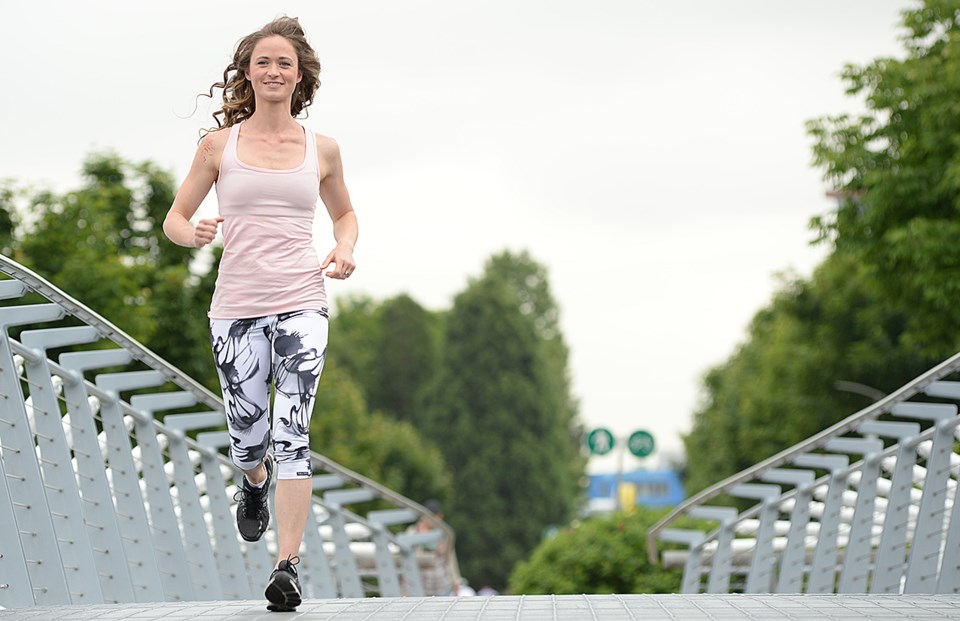Uncomfortable, embarrassing and socially awkward are the words Liz Joyce uses to describe living with colitis. Joyce was diagnosed with ulcerative colitis six years ago and has had to learn how to manage the disease by changing her lifestyle. She takes four different medications and probiotics to treat her condition, but still deals with everyday challenges.
Joyce is frank.
“Because of the ulceration inflammation I develop a lot of gas, way more than a normal everyday person. When it was really flaring up, I was having huge issues of going to the bathroom and not making it,” she said.
Joyce tries to help others with the disease when she can. She donates her time to Crohn’s and Colitis Canada by managing their social media presence. She is also a personal trainer at her and her husband’s gym, Joyce Training.
“I train quite a few clients who have either Crohn’s or colitis, because they are comfortable talking to me about what they’re dealing with,” she said.
Exercise is one way to help manage diseases like Crohn’s and colitis. Stress can make symptoms worse, and exercise “helps to relieve stress and bring back a sense of control in the patients,” according to Joyce.
There are 23,000 people in British Columbia living with inflammatory bowel disease, the group of diseases that Crohn’s and colitis belong to. Inflammatory bowel disease is different than the more common irritable bowel syndrome. Every year, there are several thousand new cases diagnosed. The cost of treatment for Crohn’s and colitis adds up to $2.7 billion annually in Canada.
Crohn’s disease can affect any part of the gastrointestinal tract, whereas colitis affects the large intestine specifically. Symptoms include abdominal pain, diarrhea and bloating. Someone with Crohn’s may also experience a host of symptoms outside of the gastrointestinal tract, such as anemia, arthritis and eye inflammation.
Funding for research has grown drastically in recent years, prompting optimism from experts in the field.
“We’ve been able to build this critical mass which has allowed us to move the science forward here,” said Dr. Laura Sly, an assistant professor at UBC’s faculty of medicine and researcher at BC Children’s hospital.
One of the biggest discoveries is the effectiveness of biological therapy on patients suffering from Crohn’s and colitis. Biological therapy for these diseases consists of using antibodies to shut down a certain inflammatory molecule, explained Sly.
Despite these advancements, 15 per cent of those with Crohn’s or colitis do not respond to biological therapy or any other known treatment. In addition, Sly predicts that 30 per cent of Crohn’s patients and 40 percent of colitis patients will eventually develop a resistance to biological therapy.
Another worrying development is the increase in cases of Crohn’s and colitis in the South Asian community.
“We have a large South Asian population [in Vancouver] and they seem to be developing Crohn’s disease and it’s typically second generation immigrants,” said Sly. The cause for this is still unknown.
In fact, the root cause of the onset of Crohn’s and colitis is unknown, with theories ranging from diet to genetics and sun exposure.
The 19th annual Gutsy Walk will be held at UBC Dhillon Track at Thunderbird Park at 10:30 a.m. on Sunday, June 8. Registration for the walk starts at 8:45 a.m. and participants can sign up for the race the morning of if they haven’t done so already at gutsywalk.ca.



